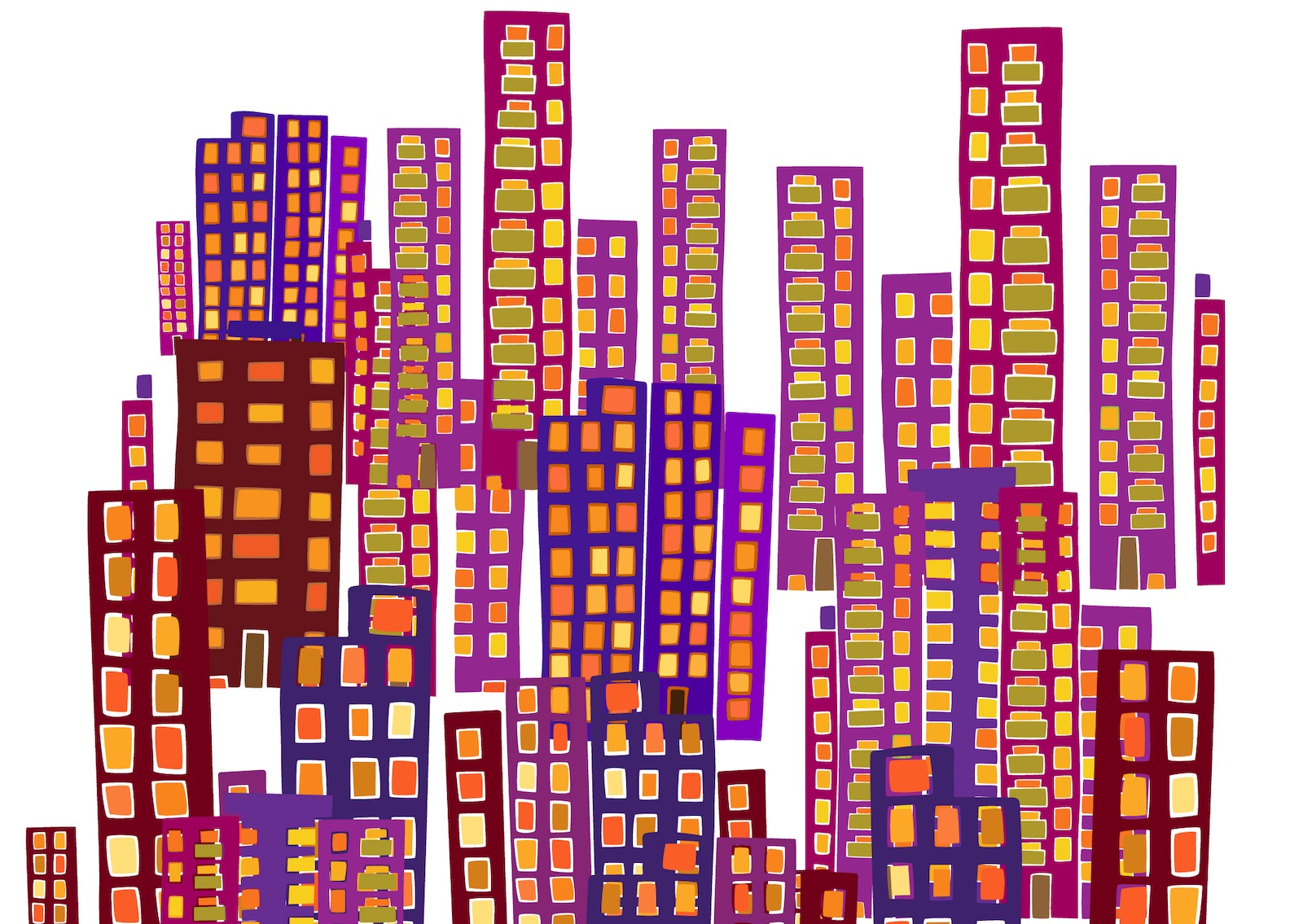Memoori has collaborated with the Brick Schema to produce a Whitepaper on "Building Blocks for Smart Buildings". Brick is an Open Source, BSD-licensed development effort to create a uniform schema for representing metadata in buildings.
Download our Whitepaper for Free HERE to get more information on Brick and how it could help your Smart Building projects.
The world is demanding more from buildings than it did a generation ago. Building owners and society at large want buildings that are cheaper to run and have a smaller environmental footprint.
However, because all of the building systems and sensors are siloed into different systems, each with their own model of the building data, the integrations needed to enable smart scenarios are time consuming, expensive and not portable between buildings. Even though more and more buildings have the necessary sensors and actuators installed and the enterprise data captured, the integrations across all of the IT and OT systems to make a building smart is more often than not only partially completed, if at all.
A common data schema that can represent all the critical aspects of the building - the people, places, assets and the relationships between them - would make integrations across building systems more reliable with less effort. Indeed, a lack of a common data model is not just preventing interoperability but also limiting development of cross-domain applications. There is research to suggest these issues are costing the industry an estimated $15 billion annually.
This is why we have partnered with Brick to promote their Open Source efforts towards a common data schema for buildings. In layman’s terms, Brick can describe resources in buildings, the underlying systems that control them, and form relationships among the resources; thereby allowing developers to write software applications that are not confined to a single technology or single building. You can download the Whitepaper we have co-authored with Brick for Free here.

The Brick schema has been initially defined using technologies developed for the semantic web, the same technologies that help Google better understand data on the web and for scientific data repositories to work together, including the Resource Description Framework (RDF) and OWL, the Web Ontology Language.
The Brick schema defines the kind of entities (defined by OWL classes) and the relationships among them (defined by OWL ObjectProperty) that are permitted in the data with the flexibility to define more concepts as needed.
The entity types themselves are arranged in a hierarchy to fully capture the semantics of each entity type and the relationship between the entity types themselves.
Brick can play an important role in the smart building in different classes of use cases. It can enable real-time applications that cut across systems, for use cases that are focused more on immediate responses or direct requests from users.
The Brick schema is currently at version 1.0.3 and has a solid foundation for the HVAC aspects of the built environment and the general organization of a space.
Brick is being actively extended into other domains, such as security systems, lighting, electrical, and transportation infrastructure. It is also extending into new data types and relationship types, for example, incorporating geospatial relationships and attributes expressed in common formats such as GeoJSON to enable applications such as location and positioning and asset tracking.
Work is also being done to incorporate concepts from related efforts, such as bringing in the location concepts from Industry Foundation Classes (IFC), a commonly used format for Building Information Modeling (BIM). Brick is a simple yet powerful and expressive way to bring data together, and will be the foundation on which the smart environments of the future are built.
Download our Whitepaper for Free HERE to get more information on Brick and how it could help your smart building projects.



